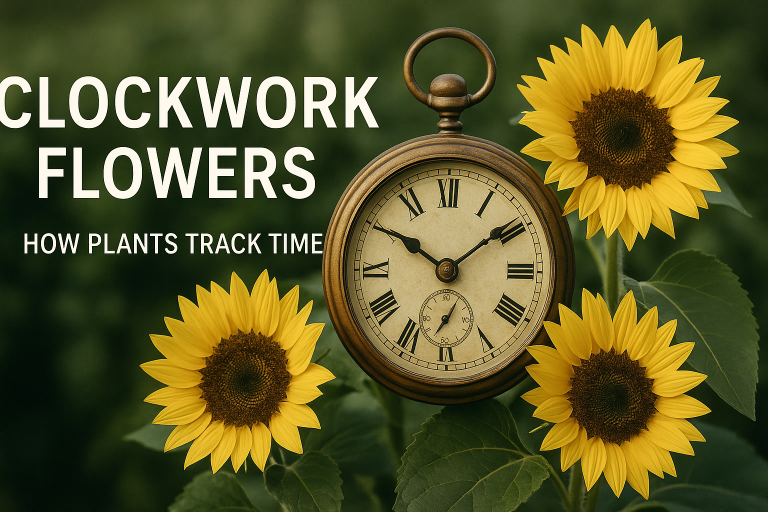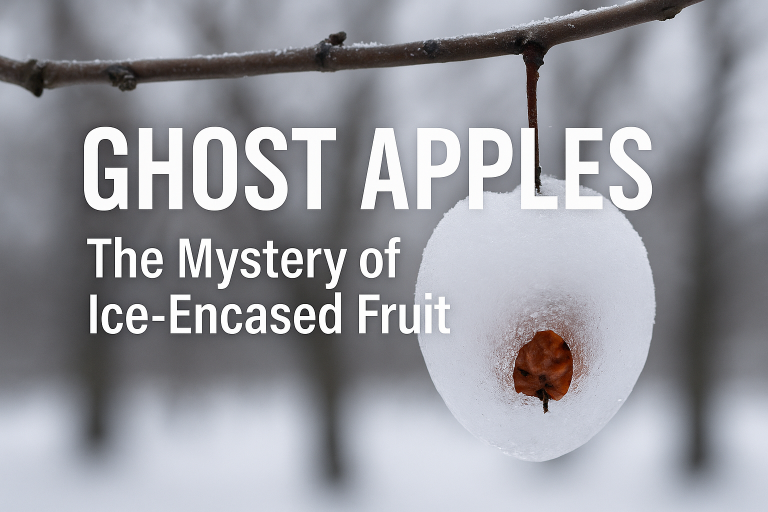In the remote rainforests of Madagascar, a botanical marvel performs one of nature’s most dramatic acts of life and death—the Tahina palm (Tahina spectabilis), also known as the “Suicide Palm.” This rare plant grows for decades, flowers just once in its lifetime, and then dies shortly after, leaving behind thousands of seeds.
Discovered only in 2007, this palm has fascinated scientists with its extreme life cycle, mysterious pollination strategy, and the question: Why would a plant evolve to die after blooming?
This article explores the biology, discovery, and ecological significance of the Suicide Palm, along with ongoing conservation efforts to protect this vanishing species.
The Suicide Palm’s Bizarre Life Cycle
1. Decades of Silent Growth
-
The Tahina palm grows 30-50 feet tall over 30-50 years, resembling an ordinary palm.
-
Unlike most palms, it doesn’t produce fruit annually—just one massive flowering event.
2. The Final Bloom: A Spectacle Before Death
-
When mature, the palm sends up a 15-foot-tall flowering spike covered in hundreds of tiny white flowers.
-
The bloom lasts 3-4 months, attracting insects and birds from miles away.
-
After pollination, the tree exhausts all its energy producing millions of seeds before collapsing.
3. Why Does It Die?
-
Evolutionary trade-off: The palm invests all resources into reproduction, leaving nothing for survival.
-
Similar to bamboo and agave, which also die after flowering (a trait called monocarpy).
Discovery: The Palm That Hid in Plain Sight
The Accidental Find (2007)
-
Discovered by a cashew farmer in northwestern Madagascar.
-
Botanists initially thought it was a new genus—the first palm discovery in 80 years.
Why Was It Undetected for So Long?
-
Grows in remote, swampy areas of the Ankarafa Forest.
-
Looks like a common palm until it blooms (which few had witnessed).
Survival Secrets: How the Suicide Palm Thrives Against Odds
| Adaptation | Purpose |
|---|---|
| Delayed flowering | Ensures enough energy for seeds |
| Massive seed output | Compensates for low survival rates |
| Toxic compounds | Protects seeds from predators |
| Swamp habitat | Shields from drought and fires |
Ecological Impact and Mysteries
1. Pollination Puzzle
-
Scientists still debate what pollinates it—possibly lemurs, bats, or insects.
-
The flowers produce nectar but no scent, adding to the mystery.
2. A Keystone Species?
-
Its death creates nutrient-rich patches for new plants.
-
Seeds feed rodents and birds, supporting local wildlife.
3. Climate Change Threat
-
Madagascar’s droughts and deforestation shrinking its habitat.
-
Estimated fewer than 100 mature palms remain in the wild.
Conservation: Can the Suicide Palm Be Saved?
1. Seed Banking
-
Kew Gardens and Malagasy botanists collect seeds for preservation.
-
Seeds remain viable for only 1-2 years, making storage tricky.
2. Cultivation Efforts
-
Grown in botanical gardens worldwide, including Fairchild Tropical Botanic Garden (USA).
-
Takes 25+ years to bloom in cultivation—still a waiting game.
3. Protecting Madagascar’s Forests
-
Community-led reforestation projects in the Ankarafa region.
-
Ecotourism potential—rare blooms attract scientists and tourists.
The Bigger Picture: What This Palm Teaches Us
1. Evolutionary Sacrifice
-
Shows how some species prioritize reproduction over longevity.
2. Biodiversity’s Fragility
-
One storm or fire could wipe out the entire wild population.
3. Hidden Discoveries Await
-
Proves unknown giants still exist in remote ecosystems.
-
How You Can Help
✔ Support organizations like Kew Gardens’ Madagascar Program.
✔ Avoid palm oil products contributing to deforestation.
✔ Spread awareness—many don’t know this palm exists.
Conclusion: A Life That Ends in a Single Bloom
The Suicide Palm’s story is one of beauty, sacrifice, and urgency. As one of Earth’s rarest plants, its survival hinges on global conservation efforts. For now, it stands as a reminder that nature’s most extraordinary spectacles are often its most fragile.




Leave a Comment